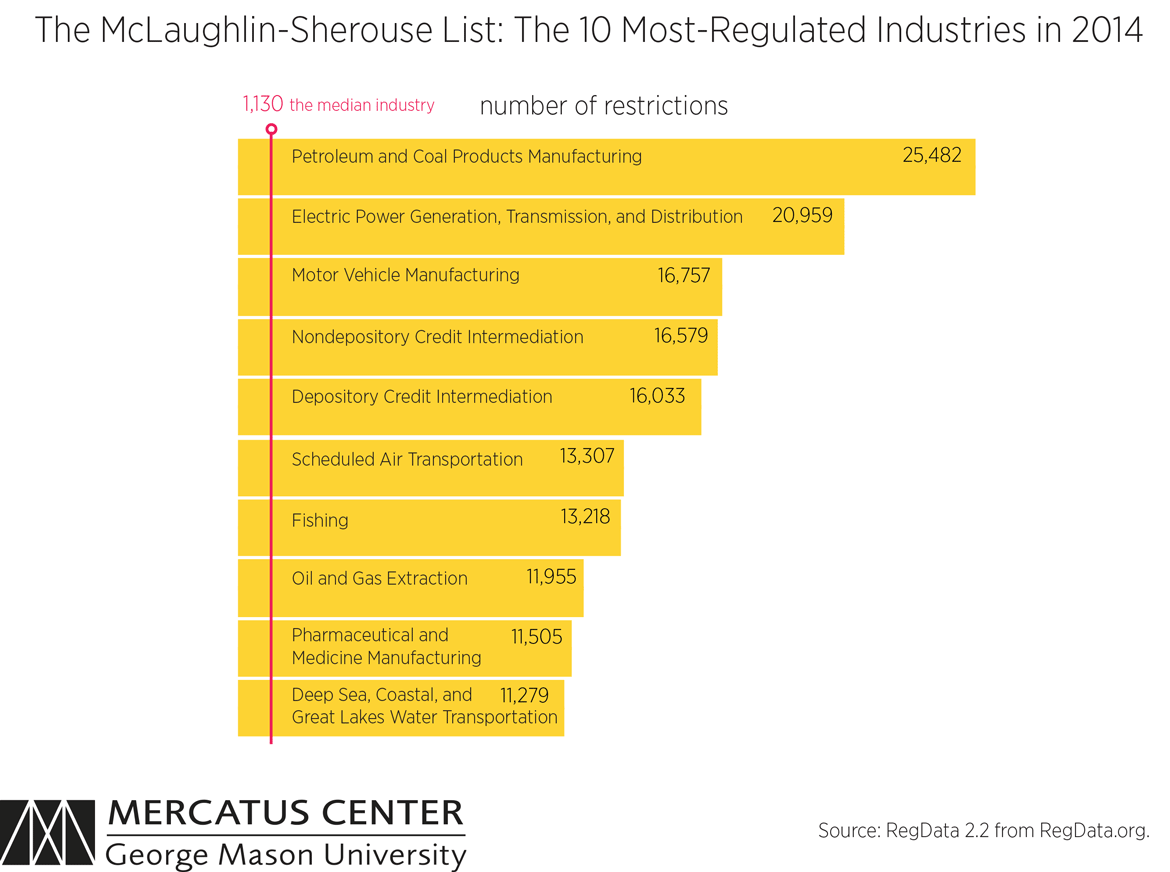In this article, I will analyze the Porter’s Five Forces
affecting smaller generic pharmaceutical companies, using the example of
Lannett (NYSE: LCI), which have annual revenues of $400mm ~ $1,000mm.
(Photo Source:
Internet)
Key Takeaways:
- Small/middle- sized generic pharmaceuticals face strong bargaining
power from buyers, potentially squeezing their margins
- Current regulation regime keeps generic pharmaceutical
players in an upward trends; it’s safe to project 5-year cash flows
- Sustainable and decent margin, as least in the short-run
OK, let's begin.
First, get some big picture from IBIS world:
“The $61.0 billion Generic Pharmaceutical Manufacturing industry is
expanding rapidly, with annualized revenue growth of 4.5% expected in the five years to 2015. An aging population with more chronic illnesses is driving demand for
industry products, while regulatory provisions of the Patient Protection and Affordable Care Act expand consumer access
to prescription insurance and provide increased opportunities for product
development. Industry revenue is expected to grow 3.7% in 2015.”
Sounds good. From this
10,000 feet view, we can place LCI as a middle-size player that has grown from $106.8
million revenue in 2011, to $800+ million revenue in 2016 after the Kremers
Urban acquisition.
What’re the forces
driving LCI’s growth? Let’s start with Porter’s Five Forces.
#1) Threat of new
entrants
Although generic companies manufactures lack patent
protections like brand-name drug companies, they still enjoy decent ~10% Net
Margins. Logically, there should be some barriers, such as followed:
- Regulation: The
production of generics is strictly regulated and companies must adhere to
stringent goods manufacturing practices and quality-control standards from FDA.
- Cost of production
facilities: in US, there’s an interesting “frame of tenders”. It obliges
pharmacists to dispense a discounted generic product if one is available. Under
this scheme, health insurers are able to pressure prices and request a high quality.
This requires companies to be able to quickly produce high volumes and at a low
manufacturing cost, and high quality. So small players are difficult to get
foot in the door.
#2) Bargaining power
of buyers
Let’s first look at a simplified supply chain of
pharmaceutical industry:
- Strong
counterparties: As a manufacture, LCI’s clients are strong and consolidated
wholesalers. Today, the top three wholesalers own 90% of the market share.
Their revenue model has evolved into a low margin business that makes money by
maximizing economies of scale, creating physical distribution efficiencies and
financial efficiencies (Kaiser Family Foundation, 2005).
That’s bad, if you have strong counter-parties. That being said, in an environment that retail price is increasing, will wholesalers keep
a fixed markup, or ask for a high margin? I will write about this in another
article.
- Brand recognition:
for generic products, brand seems useless. The pharmacist can provide any generic drug, as long as it has the
effective content.
#3) Bargaining power
of suppliers
- Low bargaining power
from suppliers – the upstream is commoditized, reflected by low COGS (~20% of revenues)
However, we should keep in mind generic pharmaceutical companies can be manufactures, as well as distributors.
For instance, LCI's over 50% revenue comes from one single supplier, JSP. It is because that LCI is acting as a distributor, not a manufacture in this case.
#4) Threat of substitute
of products or services
That’s a tricky question, and Game Theory is in play
- There’s a certain cost to produce a generic drug, such as
FDA and facility cost
- However, the revenue side is uncertain, depending on
numbers of players in the market
For instance,
assuming a drug demand is $100 million, and the brand drug is priced at $100; fixed
cost to launch this drug is $10million and COGS is 20%. We can play following scenarios:
(In $ Millions)

We can find that the third player will not enter the market,
leaving existing two players enjoying higher drug price and margins. In another words, after a certain threshold, new
competitors don’t have an incentive to launch a drug and existing players can
enjoy less rivalry.
#5) Rivalry among
existing competitors
It’s also a product by product question. Similar dynamics
as described in the Threat of substitute
of products or services are also in play.
#6) Landscape
migration
It’s a big question, which needs another 10,000+ words to explain.
From the bird view, we should bear in mind that prospers of the generic
pharmaceutical market has come from one
act: Hatch-Waxman Act in 1984.
Since this Act, the industry has seen an increase in the
percent of branded drugs that have a generic competitor on the market. In 1999,
nearly 100% of the top-selling drugs with expired patents had generic
versions available, versus only 36% in 1983.
Is there a possibility that a new act will be in place and
completely destroy the generic pharmaceutical market? The short answer is definitely
YES.
Pulling data from Congress.gov, we found it takes average 267.57
days to pass a bill into law. But how long it takes to introducing a bill? The timeframe
varies from 2 weeks to forever.
For now, we can safely say (99% confident interval:)) that generic
pharmaceutical companies will keep flat/slight upward pricing in 5 years.
Based on this article, I will take a deeper look on
the recent client loss of Kremers Urban, now a subsidiary of LCI. Stay tuned :)
Related articles:


















